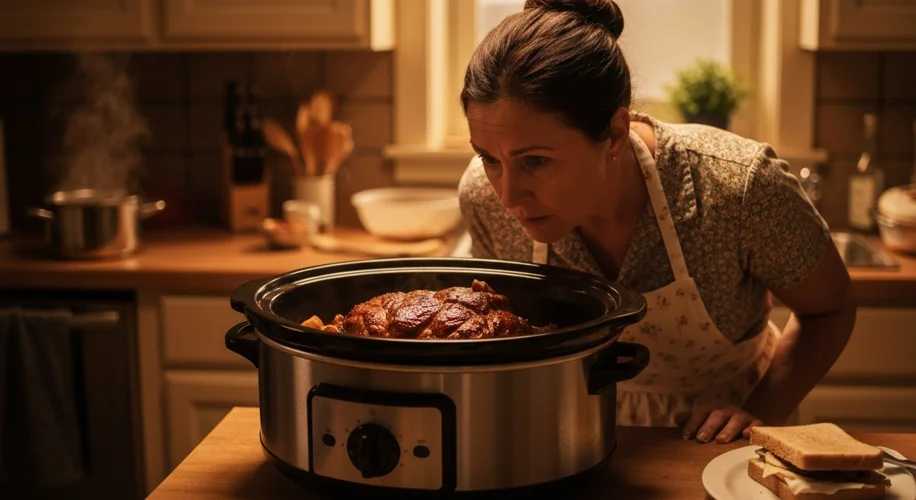It’s happened to the best of us. You’re all set for a delicious meal, only to discover a slight… hiccup. That was my morning today. My wife, bless her heart, was preparing a Mississippi roast for dinner, a dish that usually fills our home with a comforting aroma. She set it in the slow cooker, intending to let it cook low and slow. However, in the hustle of the day, it seems the slow cooker was accidentally set to the ‘warm’ setting instead of the ‘low’ or ‘high’ setting. And there it sat, on ‘warm’, for a solid six hours.
My first thought? “Oh no, it’s ruined.” Discarding perfectly good food feels wrong, but food safety is paramount, especially when it comes to meat. We’re talking about a cut of beef that was meant to be tender and falling apart, now potentially sitting in a temperature zone that might not have reached a safe internal temperature for consumption.
This brings up a really important question for anyone who uses a slow cooker: what’s the real deal with the ‘warm’ setting?
The ‘warm’ setting on most slow cookers is designed to keep food at a safe temperature after it has been cooked thoroughly. The USDA Food Safety and Inspection Service (FSIS) states that perishable food should not be kept in the “danger zone” – temperatures between 40°F and 140°F (4°C and 61°C) – for more than two hours. If the food is above 140°F (61°C), it’s generally considered safe on the warm setting.
However, the key here is after it has been cooked. If the roast never actually reached a safe internal temperature (which is typically 145°F for medium-rare beef, but for slow cooking, we’re aiming for much higher for tenderness, often around 195°F to 205°F), then leaving it on ‘warm’ for six hours is essentially like leaving it in a lukewarm bath for that entire time. That extended period in the danger zone is where bacteria can multiply rapidly.
So, to answer the question, “Is it ruined?” The honest answer is: it’s highly unlikely to be safe to eat. While the ‘warm’ setting itself isn’t the enemy, the fact that the roast never actually cooked means it spent six hours in a temperature range that’s perfect for bacteria to thrive. Reheating it might kill some bacteria, but some toxins produced by bacteria are heat-resistant and won’t be destroyed.
For peace of mind and to avoid any potential foodborne illness, it’s best to err on the side of caution. In this case, the Mississippi roast that sat on the warm setting for six hours without prior cooking should likely be discarded. It’s a tough call when you hate to waste food, but our health is always the most important ingredient.
Next time, I’ll be double-checking that slow cooker dial myself!

